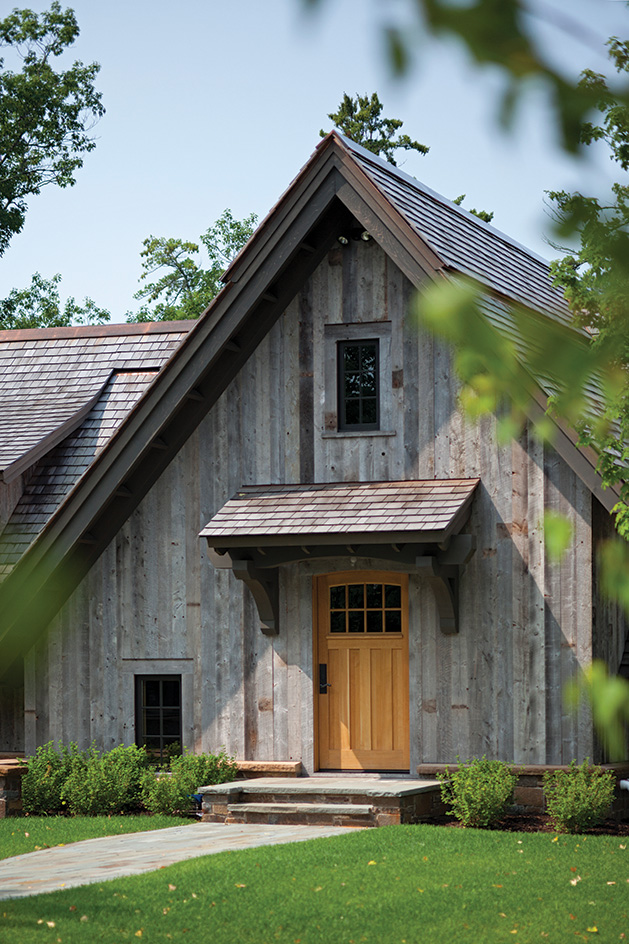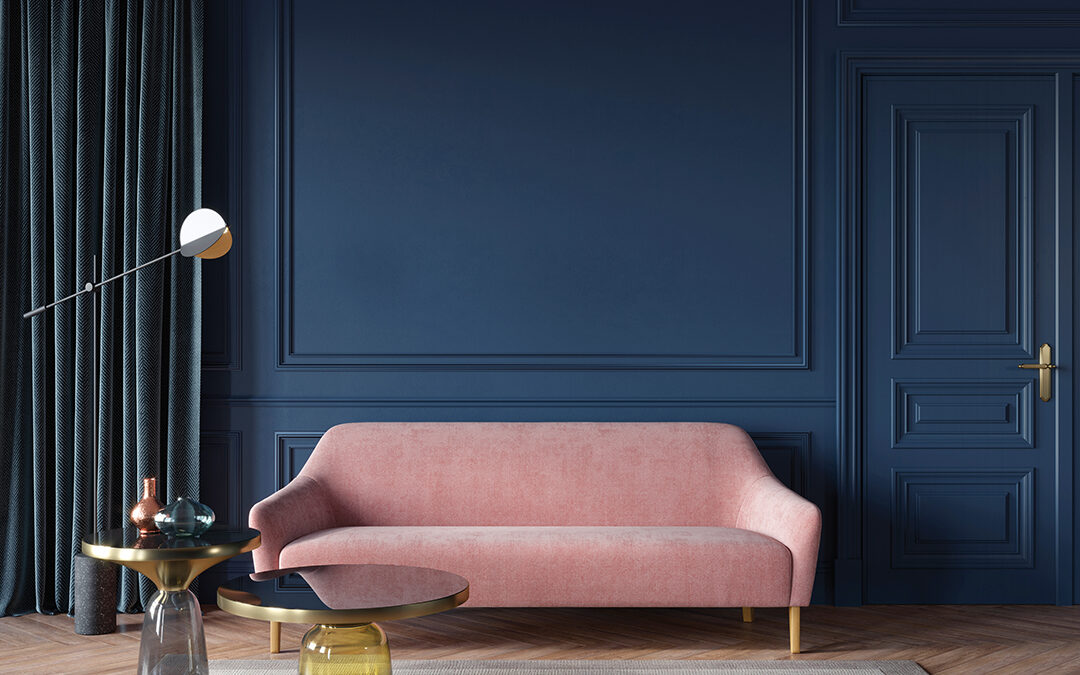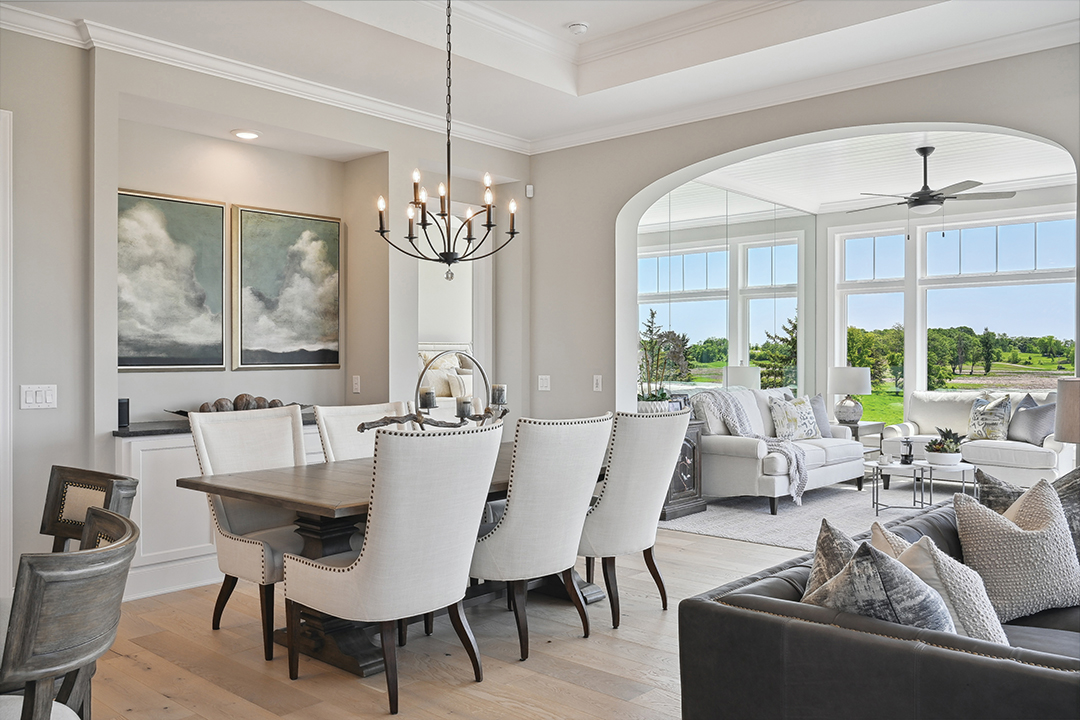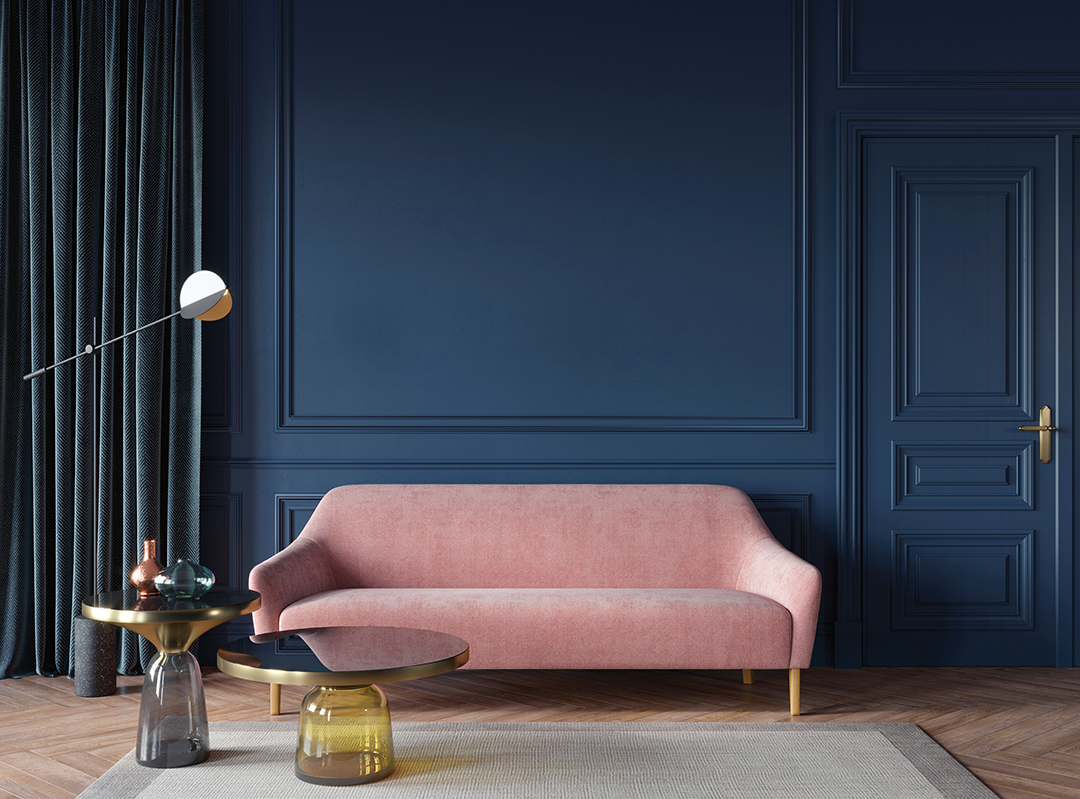
Photo: Landmark Photography
Learn more about sustainable building products.
Whether you’re embarking on that end-of-summer remodel or looking to make your home or garden “greener” this year, let’s take a look at some sustainable building products.
Bamboo: Its impressive tensile strength makes it ideal for walls and floors. What’s more, reforestation of bamboo takes significantly less time than, say, cedar or pine, and its growth rate is ridiculously quick.
Cool Roofing: Like a white T-shirt on a sunny day, this reflects the sun and results in a cooler home.
Grasscrete: This tessellation pattern allows grass and other flora to grow in between “the cracks.” Used in driveways and walkways, it not only reduces concrete usage, but helps lawns absorb rain and other water runoff.
Low-E Windows: With the “E” standing for emissivity, these windows keep the heat inside during the winter and outside during the summer with a clear coat of metallic oxide, which can be applied between layers of glass or on the outside of the windows.
Plant-Based Polyurethane Rigid Foam: Used for insulation, it’s manufactured from natural materials, including bamboo, hemp and kelp. With a higher R-value than fiberglass and polystyrene, it has a higher thermal resistance, resulting in better overall performance.
Plastic Compost Lumber: While it may be slightly pricier than its traditional lumber counterpart, the greater durability and longer lifespan ultimately recoups these costs and makes it a great option for that new deck.
Recycled Metal: Using scrap metal for metal beams and supports affords greater strength than their wood counterparts while consuming up to 75 percent less energy in the manufacturing process compared to “new” metal.
Structural Insulated Panels: They sandwich insulated foam between cement or plywood boards and are increasingly favored by green builders over fiberglass insulation. When installed correctly, these panels can reduce a structure’s consumption by up to 50 percent.
Tankless Water Heaters: Traditional furnaces heat and store water. Tankless water heaters heat water only as needed, resulting in a lower flow rate (roughly two to five gallons per minute), but the compact build and affordability allows you to install a tank at each point of use while still reaping lower heating bills.






















